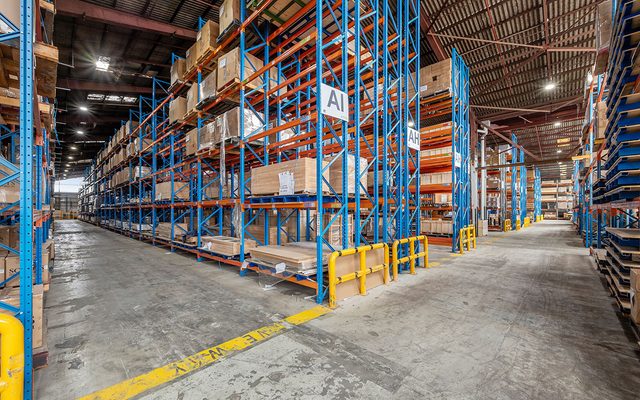This article is from the Australian Property Journal archive
THE so called residential property rental crisis in Melbourne has been called into question by independent analysts SQM Research.
SQM Research said whilst the nationwide residential rental crisis appears to be easing, it was particularly concerned with how the Melbourne residential rental market has been portrayed.
SQM Research’s founder and head of property with ratings house Adviser Edge, Louis Christopher said Melbourne’s residential rental crisis may not be nearly as bad as the real estate industry would have you believe.
“How can there be a rental crisis when there are 14,000 properties in Melbourne sitting vacant?”
Melbourne’s citywide residential rental vacancy rate stood at 3.9% in December, which is far higher than the 1.1% vacancy rate published by the Real Estate Institute of Victoria for the month of November 2008.
Melbourne also recorded the highest vacancy rate compared with other major capital cities, whilst Hobart recorded the tightest rental market, with a vacancy rate of just 1.1%.
On SQM’s numbers, there are nearly 14,000 Melbourne rental properties sitting vacant, far higher than the REIV’s “estimated” 5,000 properties.
“I do not believe for a moment that vacancy rates have ever reached 1.0% in Melbourne. That said, the stories of 50 or more people turning up to an advertised rental property are no-doubt true.
“I think there are still issues at the lower to bottom end of the rental market place. However, at the middle and upper end of the market place there appears to be an abundant supply,” he continued.
According to SQM, rental shortages remain at the affordable end as well as some inner urban areas where a number of outer Melbourne postcodes are recording vacancy rates below 1%.
However, the vast majority of Melbourne’s postcodes are recording vacancy rates above 3% with a large number of affluent and inner urban postcodes recording vacancy rates above 10%.
Meanwhile SQM found the nationwide city rental vacancy rate stood at 3.3% in December 2008, which is up from 2.1% recorded in December 2007.
|
Residential Rental Vacancies |
December 2008 |
November 2008 |
December 2007 |
|||
|
City |
Number of Vacancies |
Vacancy rate |
Number of Vacancies |
Vacancy rate |
Number of Vacancies |
Vacancy rate |
|
Sydney |
19,732 |
3.6% |
23,060 |
4.3% |
10,492 |
2.1% |
|
Melbourne |
13,982 |
3.9% |
15,368 |
4.3% |
9,189 |
2.8% |
|
Brisbane |
4,325 |
1.8% |
4,917 |
2.0% |
3,151 |
1.4% |
|
Perth |
2,107 |
1.4% |
1,912 |
1.2% |
1,099 |
0.8% |
|
Adelaide |
1,819 |
1.3% |
2,052 |
1.5% |
1,400 |
1.1% |
|
Canberra |
620 |
1.4% |
647 |
1.5% |
305 |
0.7% |
|
Darwin |
566 |
2.4% |
607 |
2.6% |
296 |
1.4% |
|
Hobart |
263 |
1.1% |
318 |
1.4% |
162 |
0.8% |
|
City Weighted average |
3.3% |
3.8% |
2.1% |
|||
|
Source: www.sqmresearch.com.au |
||||||
The report found there is an increasing oversupply situation with a number of inner and top end suburbs recording vacancies above 5% and in some cases, above 10%. This is particularly the case in Sydney where suburbs such as Vaucluse (11.4%) are now oversupplied.
“Notwithstanding a seasonal dip from November, vacancy rates for most postcodes around the country have been rising throughout 2008. We believe this phenomenon, which is most notable in inner urban and affluent areas, has been as a result of more and more vendors entering their properties into the rental market after failing to sell their properties.
“It is also to do with the fact that rental demand has been flat to falling, particularly in the affluent postcodes where upper end rental accommodation is perceived to be a discretionary expense that can be cut back during lean times.
“This combined with the re-launch of the First Home Owner’s Grant, will mean that vacancy rates are likely to keep rising in 2009. And so, we believe that rents are likely to now flatten going forward for most cities, notwithstanding remaining pressure on the lower, affordable sections of the rental market,” he concluded.
Australian Property Journal



